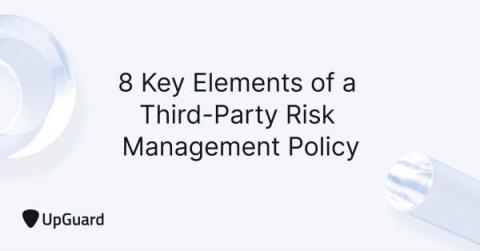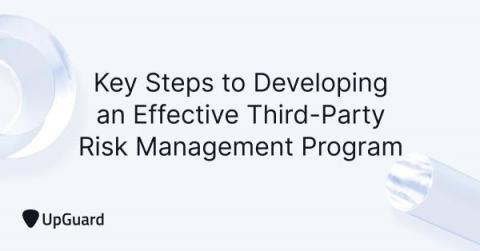Road to DORA and PS21/3 Compliance: Leveraging Technology to Reduce Risk
In today's interconnected and digital world, businesses face increasing risks, particularly in the realm of cybersecurity. To address these risks and ensure the operational resilience of financial institutions, industries and governments push for regulatory frameworks. Two prominent examples are the EU's Digital Operational Resilience Act (“DORA”) and the UK's Prudential Standard PS21/3 (“PS21/3”).







